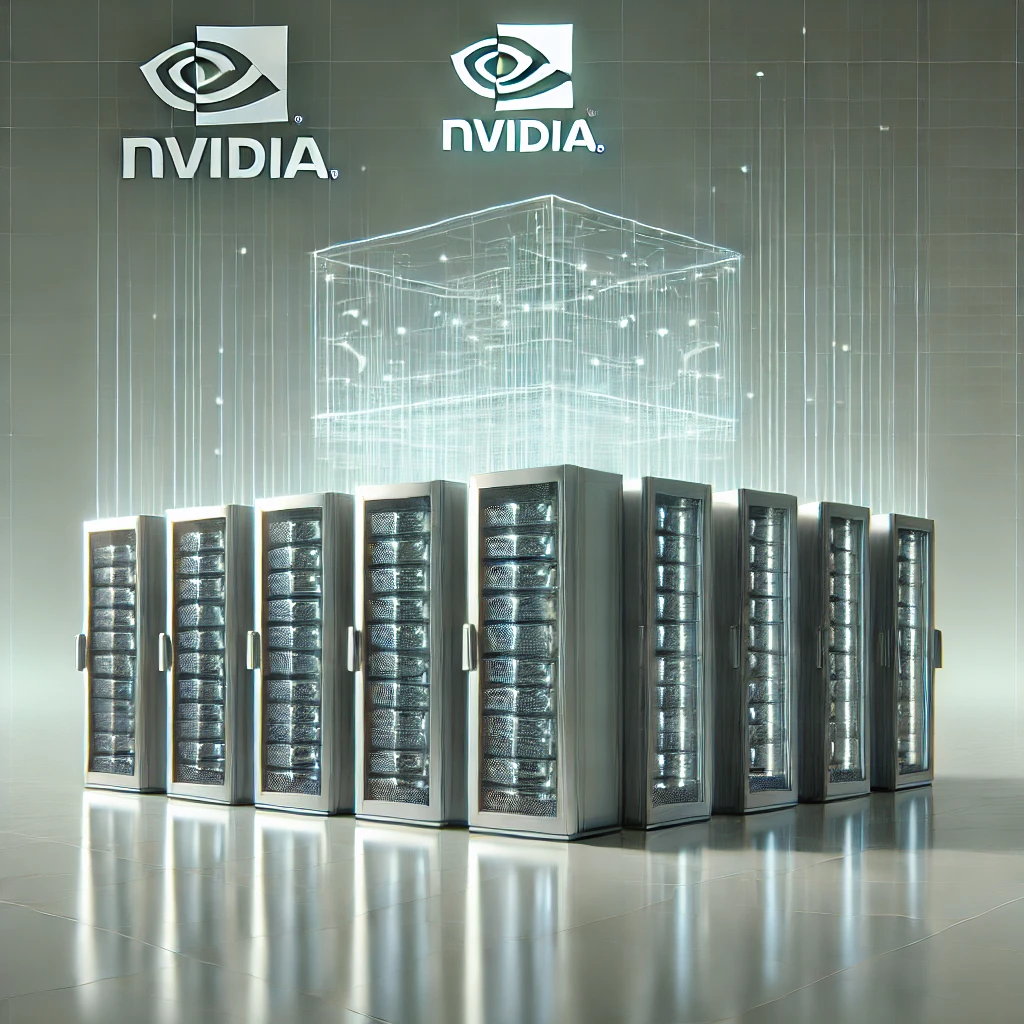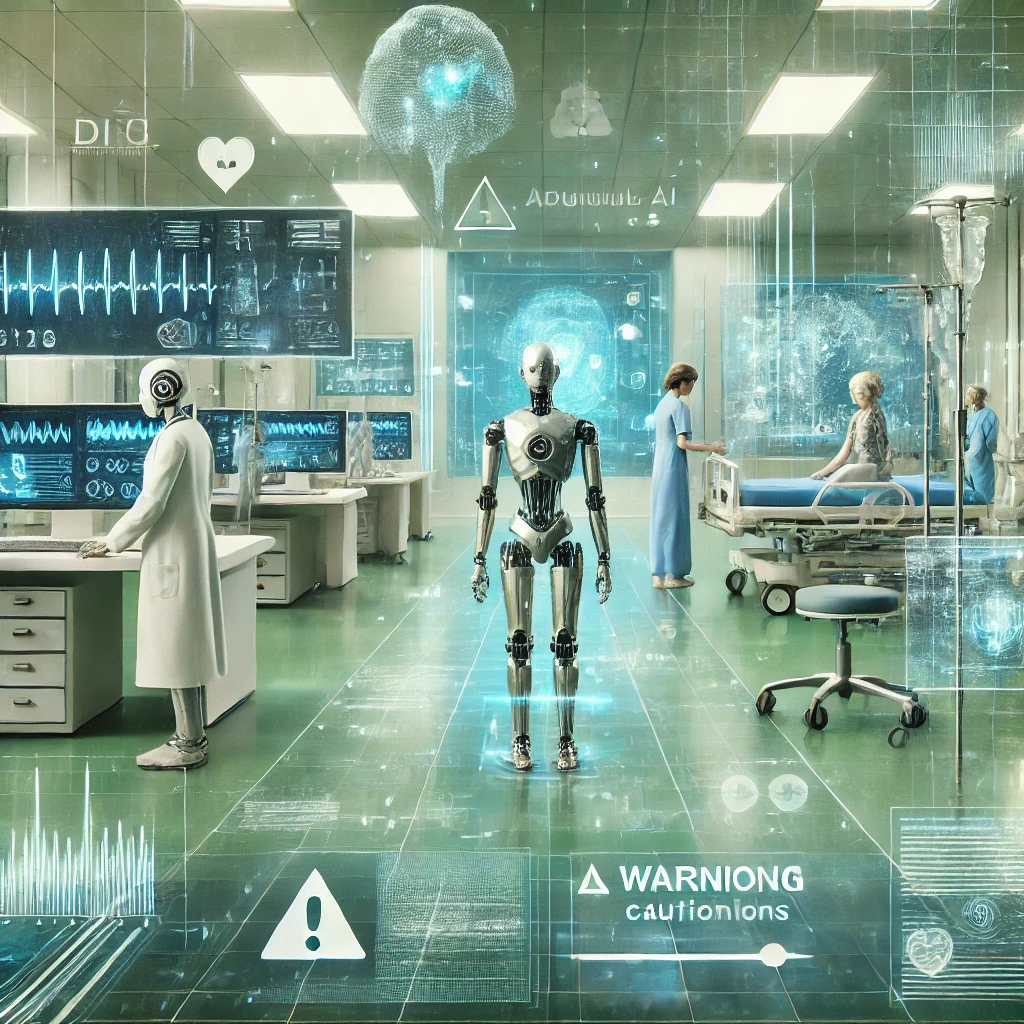Nvidia, widely recognized for its dominance in graphics processing units (GPUs) and AI hardware, is strategically expanding its footprint in the tech industry by stepping into the role of a data center designer. As the demand for artificial intelligence (AI) infrastructure skyrockets, Nvidia is leveraging its expertise to not only provide AI chips but also to design and build advanced data centers specifically optimized for AI workloads. This new direction marks a significant shift in Nvidia’s business model and highlights its ambition to become a more comprehensive solution provider in the AI ecosystem.
From Leading GPU Maker to Data Center Architect
Nvidia’s GPUs have been the cornerstone of AI development, providing the processing power needed for complex computations in deep learning, autonomous vehicles, and more. However, the explosive growth of AI applications—such as large language models and real-time data analytics—has created a new challenge: the need for specialized data centers that can handle massive computational loads efficiently.
In response to this, Nvidia has broadened its scope beyond being just a hardware provider. The company now offers end-to-end data center solutions that integrate its powerful GPUs with optimized networking, storage, and cooling systems. By doing so, Nvidia aims to simplify the process of building AI-driven data centers for its clients, reducing complexity, and ensuring peak performance for AI workloads.
The Importance of AI-Optimized Data Centers
Traditional data centers, designed for general-purpose computing, often fall short when it comes to handling the unique demands of AI workloads. AI applications require intensive parallel processing, high-speed networking, and efficient cooling to manage the heat generated by dense computational tasks. Nvidia’s new approach to data center design specifically addresses these needs.
By creating AI-optimized data centers, Nvidia is providing the infrastructure necessary for companies to train, deploy, and scale AI models more effectively. This includes incorporating its own high-performance GPUs, like the A100 and H100, which are specifically engineered for AI and deep learning tasks. Nvidia also integrates advanced networking technologies such as its NVIDIA Quantum InfiniBand, which facilitates ultra-fast data transfer speeds, and cooling systems that are designed to minimize energy consumption and operational costs.
Key Features of Nvidia’s Data Center Design Strategy
- Integrated Hardware and Software: Nvidia’s data centers combine cutting-edge hardware with tailored software solutions to maximize AI performance. This includes its GPU-accelerated AI frameworks, libraries, and applications that ensure optimal compatibility and efficiency.
- Advanced Networking Solutions: High-speed networking is crucial for AI workloads that require rapid data exchange. Nvidia’s data center solutions feature advanced networking capabilities, such as high-bandwidth interconnects, to enhance data throughput and reduce latency.
- Efficient Cooling and Power Management: AI workloads generate significant heat, necessitating innovative cooling solutions. Nvidia is incorporating state-of-the-art cooling technologies to maintain optimal temperatures and reduce energy costs, making AI data centers more sustainable.
- Scalability and Flexibility: Nvidia’s approach allows for scalable and modular data center designs, enabling companies to easily expand their AI infrastructure as their needs grow. This flexibility is vital for businesses looking to adapt quickly to the evolving AI landscape.
Why This Matters in the AI Era
As AI continues to revolutionize industries from healthcare to finance, the demand for robust AI infrastructure is at an all-time high. Nvidia’s entry into data center design is a strategic move that positions the company at the forefront of this transformation. By offering comprehensive solutions that go beyond just hardware, Nvidia is addressing a crucial gap in the market: the need for AI-centric data centers that are easy to deploy, manage, and scale.
The move also reflects Nvidia’s understanding that AI development is not just about powerful chips but about creating an ecosystem where hardware, software, and infrastructure work seamlessly together. This holistic approach could attract businesses looking for turnkey solutions to accelerate their AI capabilities without the complexity of piecing together disparate components from multiple vendors.
Challenges and Opportunities
While Nvidia’s expansion into data center design opens up new revenue streams, it also presents challenges. The company will need to compete with established players in the data center market, such as Dell, HP, and Cisco, who have long-standing relationships with enterprise clients. However, Nvidia’s unique advantage lies in its deep expertise in AI and machine learning, which could give it an edge in creating highly specialized solutions that traditional data center providers may lack.
Moreover, Nvidia’s initiative aligns with the broader trend of AI companies seeking to control more of the AI stack—from hardware and software to infrastructure. This could enable Nvidia to set new standards in the industry, pushing competitors to innovate and adapt.
Looking Ahead
As Nvidia steps into the role of a data center designer, it is not only broadening its business model but also redefining what it means to be a leader in AI technology. By focusing on AI-optimized data centers, Nvidia is positioning itself as a key enabler of the next wave of AI advancements. As the AI landscape continues to evolve, Nvidia’s comprehensive approach could well set the stage for a new era of integrated AI infrastructure, driving innovation and growth across industries.





